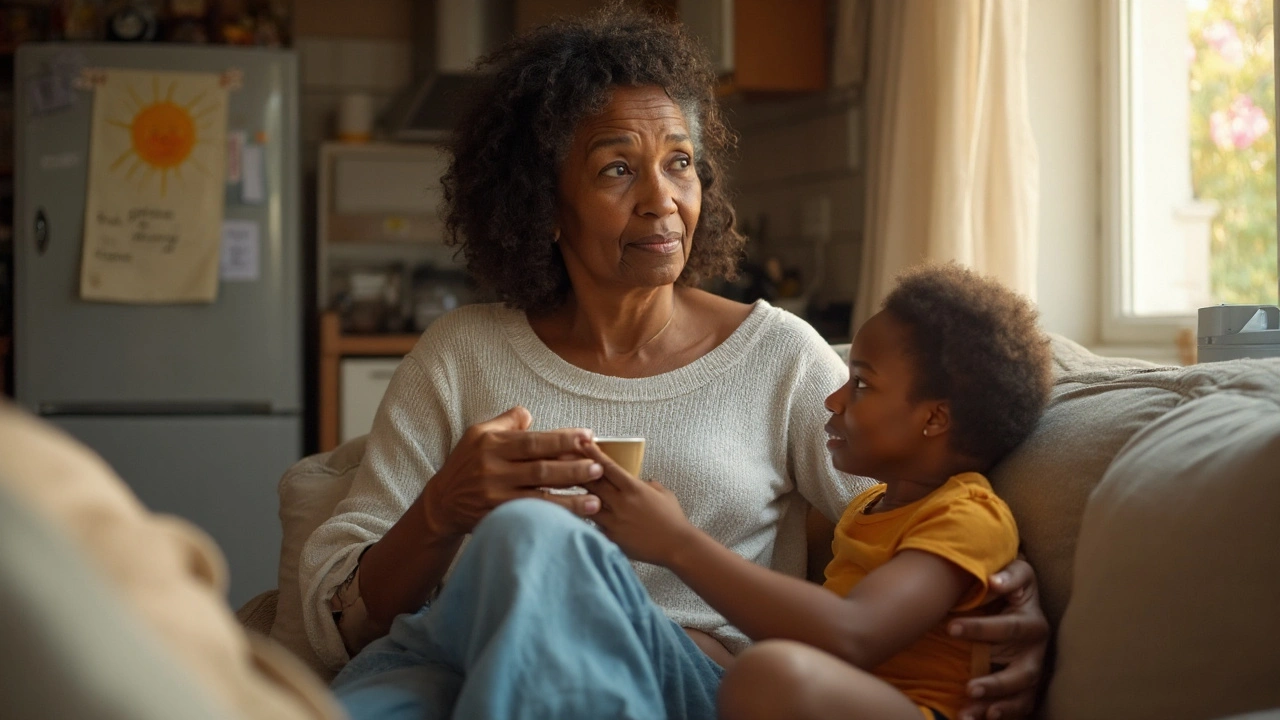Blood cancer is a group of malignancies that originate in the blood‑forming tissues, such as bone marrow and the lymphatic system. It includes diseases like leukemia, lymphoma and multiple myeloma, each affecting different blood cells and requiring distinct treatment approaches. The diagnosis reshapes not only a patient’s health but also the everyday lives of their loved ones.
What Exactly Is Blood Cancer?
Blood cancers arise when abnormal cells multiply uncontrollably, crowding out normal blood components. This leads to anemia, infections, bleeding, and organ dysfunction. According to the World Health Organization, more than 1.2 million new cases are recorded worldwide each year, making it a major public‑health concern.
Major Types and Their Distinct Profiles
Three categories dominate the landscape:
- Leukemia is a cancer of the blood‑forming cells in bone marrow, producing excessive white blood cells.
- Lymphoma originates in lymphocytes, the cells that manage the immune response, forming tumors in lymph nodes.
- Multiple myeloma is a malignancy of plasma cells, the antibody‑producing cells in bone marrow.
| Type | Primary Cell Affected | Typical Age Range | Standard Treatment | 5‑Year Survival (US) |
|---|---|---|---|---|
| Leukemia | Bone‑marrow stem cells | 0-15, 55+ | Chemotherapy, targeted therapy, stem‑cell transplant | 65% |
| Lymphoma | Lymphocytes | 20-70 | Chemo‑immunotherapy, radiation, CAR‑T | 73% |
| Multiple myeloma | Plasma cells | 60‑70 | Proteasome inhibitors, immunomodulators, transplant | 55% |
Physical and Emotional Toll on Patients
Beyond lab results, patients confront fatigue, pain, and relentless hospital visits. A 2023 study from the British Journal of Haematology reported that 78% of newly diagnosed individuals experience severe fatigue within the first three months of treatment. This physical drain often spirals into anxiety, depression, and a sense of identity loss.
Psychological distress is amplified by uncertainty about disease course. According to the National Cancer Institute, about one‑third of blood‑cancer patients meet criteria for clinical depression, a rate double that of the general population.
Ripple Effects on Families and Caregivers
When a loved one receives a blood‑cancer diagnosis, families suddenly become part‑time health managers, logistics coordinators, and emotional anchors. Caregivers report:
- Average of 32hours per week spent on medical tasks (medication administration, appointment coordination).
- Financial strain, with out‑of‑pocket expenses averaging £12,800 in the UK first year.
- Higher rates of anxiety - 41% versus 18% in the general adult population.
These pressures can erode marital satisfaction, strain sibling relationships, and affect children’s school performance.
Medical Interventions and Their Family Impact
Modern therapy offers hope but adds complexity. Chemotherapy uses drugs to kill rapidly dividing cells, often causing nausea, hair loss, and immune suppression. While effective, it necessitates frequent hospital trips and strict infection‑control measures at home.
Immunotherapy harnesses the body’s immune system to target cancer cells, such as checkpoint inhibitors and CAR‑T cells. These treatments can cause cytokine release syndrome, requiring families to monitor vitals around the clock.
Hematopoietic stem‑cell transplant replaces diseased bone‑marrow with healthy donor cells, offering potential cure but demanding months of isolation and intense caregiving. The transplant phase often triggers a surge in caregiving duties, with families managing sterile environments, nutrition, and medication schedules.

Coping Strategies and Support Resources
Effective coping blends medical, emotional, and practical tools:
- Psychosocial support groups - Peer‑led meetings provide a safe space to share fears and successes. The UK’s Leukaemia Care charity reported a 25% reduction in depressive symptoms among regular attendees.
- Professional counseling - Cognitive‑behavioral therapy (CBT) helps reframe catastrophic thoughts. NHS data shows a 30% improvement in quality‑of‑life scores for patients receiving CBT.
- Financial navigation services - Organizations like Macmillan Cancer Support assist with grants, benefits advice, and budgeting tools.
- Education portals - Clear, jargon‑free information empowers families to make informed decisions. The American Society of Clinical Oncology (ASCO) offers downloadable treatment timelines.
Integrating these resources reduces caregiver burnout, improves treatment adherence, and boosts overall survivorship experience.
Financial and Practical Challenges
Blood cancer treatment is expensive. In the UK, a full course of targeted therapy can exceed £70,000, and the indirect costs - travel, lost wages, home adaptations - add thousands more. Families often juggle multiple part‑time jobs, rely on charity funds, or face debt.
Practical hurdles also arise: managing medication schedules, maintaining hygiene to protect immunocompromised patients, and navigating school or workplace policies. A recent survey of 1,200 caregivers found that 62% struggled to balance work with caregiving duties.
Looking Ahead: Research, Hope, and the Role of Advocacy
Breakthroughs in genetics and immunology are reshaping the outlook. Precision‑medicine trials now match patients with therapies based on specific DNA mutations, raising 5‑year survival for certain sub‑types to over 80%.
Patient‑advocacy groups play a vital role- lobbying for faster drug approvals, funding research, and creating community networks. Engagement with these groups not only accelerates scientific progress but also offers families a sense of agency in an otherwise uncertain journey.
Take‑away Checklist for Families
- Document medication dates, side‑effects, and emergency contacts.
- Schedule regular mental‑health check‑ins for both patient and caregiver.
- Explore financial assistance early; many charities have rolling applications.
- Join at least one support group-online or in‑person.
- Stay informed about clinical trials that may offer novel options.
Frequently Asked Questions
How is blood cancer different from solid‑tumor cancers?
Blood cancers arise from cells that circulate in the bloodstream or reside in the bone marrow and lymphatic system, whereas solid‑tumor cancers develop in organs like the lung or breast. This distinction influences how doctors diagnose (blood tests vs. imaging) and treat (systemic therapies vs. surgery).
What are the most common side‑effects of chemotherapy for blood cancer?
Typical side‑effects include nausea, hair loss, extreme fatigue, lowered white‑blood‑cell counts (leading to infection risk), and mouth sores. Managing these effects often requires anti‑emetic medication, growth‑factor injections, and close monitoring by the healthcare team.
How can families reduce the emotional burden during treatment?
Regular counseling, participation in peer‑support groups, and setting realistic daily goals help. Open communication about fears and expectations, combined with brief moments of normalcy (like a family walk), also eases strain.
Are there financial aids specifically for blood‑cancer patients in the UK?
Yes. Charities such as Leukaemia Care and Macmillan Cancer Support provide grants for travel, medication co‑payments, and home‑care equipment. Additionally, NHS patients may qualify for the NHS Low Income Scheme, which reduces prescription costs.
What role do clinical trials play for newly diagnosed patients?
Clinical trials offer access to cutting‑edge treatments that are not yet widely available. For certain high‑risk sub‑types, trial participation can improve survival odds by up to 15% compared with standard care. Always discuss eligibility with your oncologist.
How can children in the family cope with a sibling’s diagnosis?
Age‑appropriate explanations, involving them in care tasks where suitable, and maintaining routine activities are crucial. School counsellors and child‑focused support groups help them express feelings safely.

S. Davidson
September 25, 2025 AT 14:00